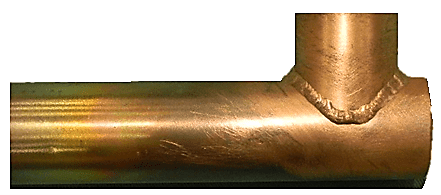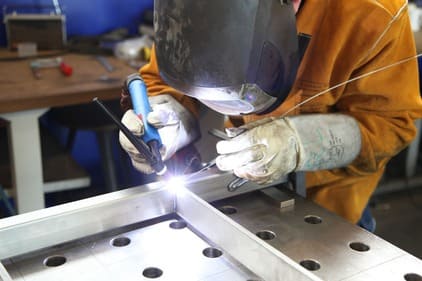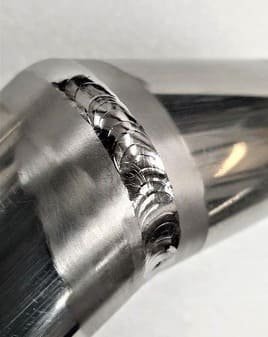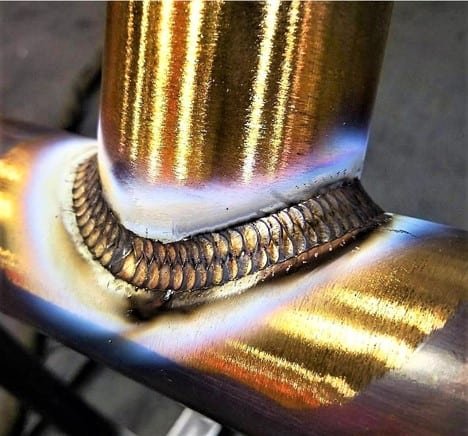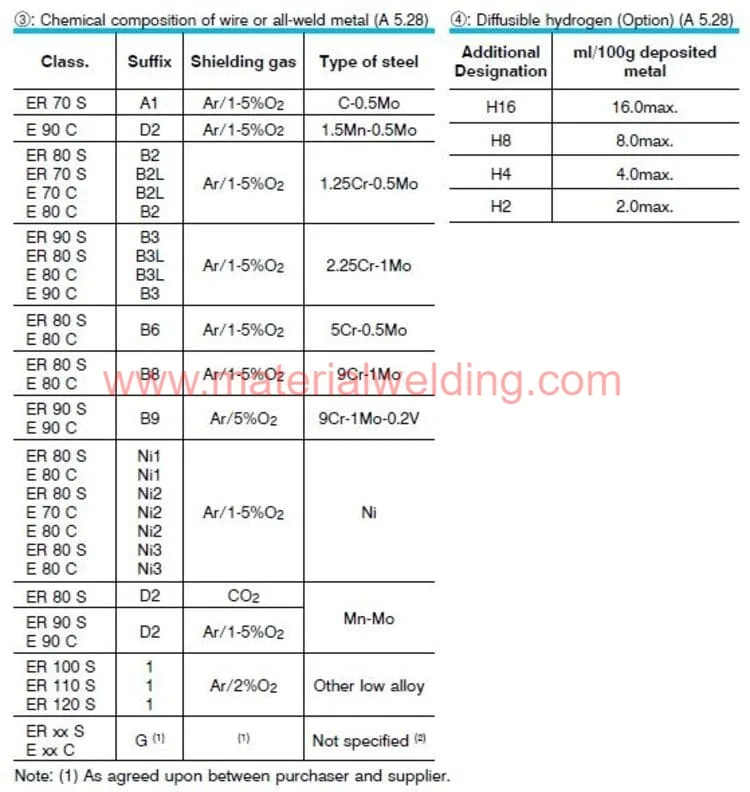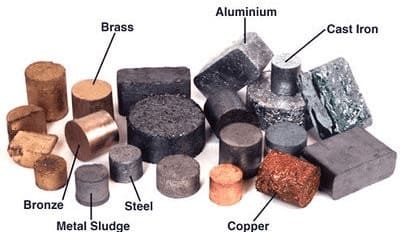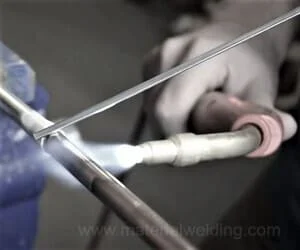Difference between Copper and Bronze (Bronze vs. Copper)
Copper is among the first metal known the mankind. Copper is found on the earth in its pure form as well as in compound form with other metals. Our ancestors were very well aware of this red-shining element.
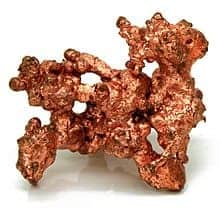
But to your surprise, they were not using pure copper but instead using the alloy of Copper & Tin, famously called Bronze (Called Tin Bronze) & you may hear of the Bronze Age Period (2300 to 720 BC) in our civilization. Bronze has better mechanical properties compared to pure copper metal.
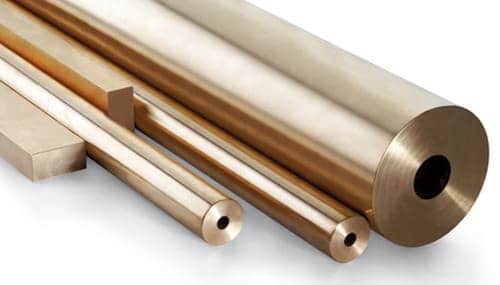
Bronze contains a minimum of 60% copper and the rest is Tin. There are different types of Bronze available nowadays such as Nickel Bronze, Manganese Bronze, silicon bronze and beryllium bronze, etc.
When copper is alloyed with Zinc as a secondary alloying element, it results in a new alloy called Brass.
Alloying copper with zinc, decreases the melting temperature, density, and thermal & electrical conductivity of the copper. But, on the positive side, zinc addition to the copper, increases it’s strength, coefficient of thermal expansion, ductility, and hardness.
Bronze Color vs Copper Color
Pure copper is reddish-brown color with a shiny surface in clean form (you must have noticed the color of the penny, which is made of copper, Lincoln memorial pennies issues before 1982 are made of pure copper, 95%.
Nowadays they are made of zinc and plated with a copper coating).
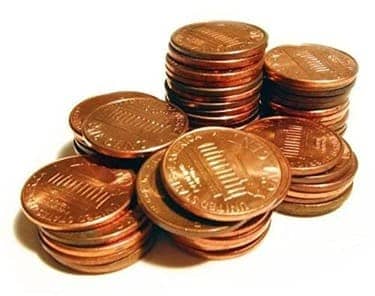
The bronze color is dull yellow gold making it an ideal alloy for sculpture, medals, and other ornaments. Copper due to different types has its distinctive colors as:
- Antique Copper: root brown
- Natural Copper hot caramel color (red metal) appearance.
- Bare Copper is a King Salmon color
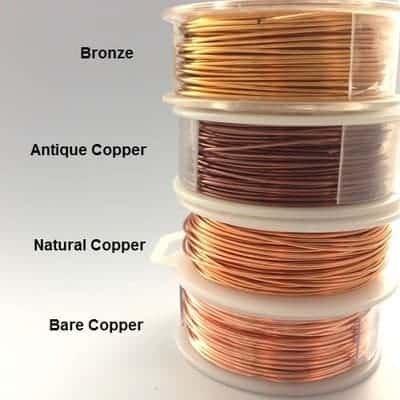
Bronze vs Brass Color
Brass is also an Alloy of Copper (Main alloying element) with Zinc (Secondary alloying element) while Bronze is an alloy of Copper with Tin. For both Brass & Bronze, the major weight percentage is copper.
There are different types of Brass available in the market & their color varies based on the copper percentage from reddish-brown to light gold, gold Y yellow color.
The lower the amount of zinc (higher the copper amount), the darker the brass color and vice versa. The main types of brasses and their colors based on the amount of zinc added are:
- Red brass
- Yellow Brass
- White Brass
- Naval Brass
Further, antique or material finishing shops carry out different treatments to give brass different colors.
Copper vs Brass vs Bronze Color
Copper is pure metal while Brass & Bronze are alloys of copper. Zinc is added to copper to make Brass & Tin is added to Copper to Make Bronze.
Here, Copper is the primary element Having a reddish-brown color while Zinc or Tin is the secondary element.
Based on color appearance, you can easily identify between Copper, Brass, or Bronze. Copper with a clean surface appears as reddish-brown color, Brass as Golden Color, and Bronze as dull yellow color as shown in the below picture.
This picture shows the color comparison of Copper, Brass & Bronze.

Alloys having a higher amount of Copper will have a Reddish-brown color and as the level of secondary alloying element is increased in Brass or Bronze, the color starts to change from reddish-brown to yellow or other shades depending on the level of alloying elements.
In General, the following are the color of Copper, Brass & Bronze:
- Copper Color: Reddish Brown
- Bronze Color: Dull Yellow
- Brass Color: Yellow gold
Bronze vs Brass vs Copper Price
The price of copper is almost double or higher than the price of Brass or Bronze. The reason is the high cost of Pure Copper. While in Brass or Bronze, Copper is alloyed with low-cost alloying elements.
Being a pure metal, Copper price is fixed while for Brass & Bronze due to various grades & chemistry available in the market, their price also varies. Simply put, the higher the percentage of copper in Brass or Bronze, the higher the price of these alloys.
Is Bronze better than Copper?
There are many types of metal alloys, but two of the most common are brass and copper. Brass is a mix of copper and zinc, while copper is just copper. So which one is better?
Bronze as explained earlier is an Alloy of Copper. It is added with additional elements such as Tin, Aluminum, Silicon, and Phosphorus to enhance the properties of Copper.
Pure copper has a Yield strength of 20 Ksi, Tensile strength of 32 Ksi while if alloyed with Bronze, it’s strength can be up to 70Ksi. SO, Brass or Bronze usually has higher strength compared to Copper.
However, copper also has some benefits over bronze. Copper is an excellent electrical & thermal conductor but when alloyed (Brass or Bronze), the electrical & thermal conductivity of it’s alloy is inferior to pure copper.
Bronze with added alloying elements has higher corrosion resistance compared to pure copper in some cases although pure copper also has excellent corrosion resistance properties against chemicals, salt water, and foods.
Copper Price Per Pound Texas
The price of Copper Per Pound in Texas is $ 3.85 per lb. This is the approximate current price of Copper per pound in Texas.
You can always check the latest price of Copper per pound in Texas via this link. Copper is a commodity trading, that has prices fluctuate throughout the year.
As of June 2017, the copper price per pound was $2.50 in the USA. The price of copper can vary depending on a variety of factors, such as location and type of copper.
For example, the price for brass or copper that is used in Texas may be different than the price for other parts of the country.
Copper is a valuable resource that has many uses. It is often used in construction, electrical wiring, and various other applications. In recent years, the demand for copper has increased due to its use in renewable energy technologies.
The price of copper can rise and fall depending on market conditions and availability. As new technologies continue to increase the demand for copper, it is likely that the price will continue to rise.

